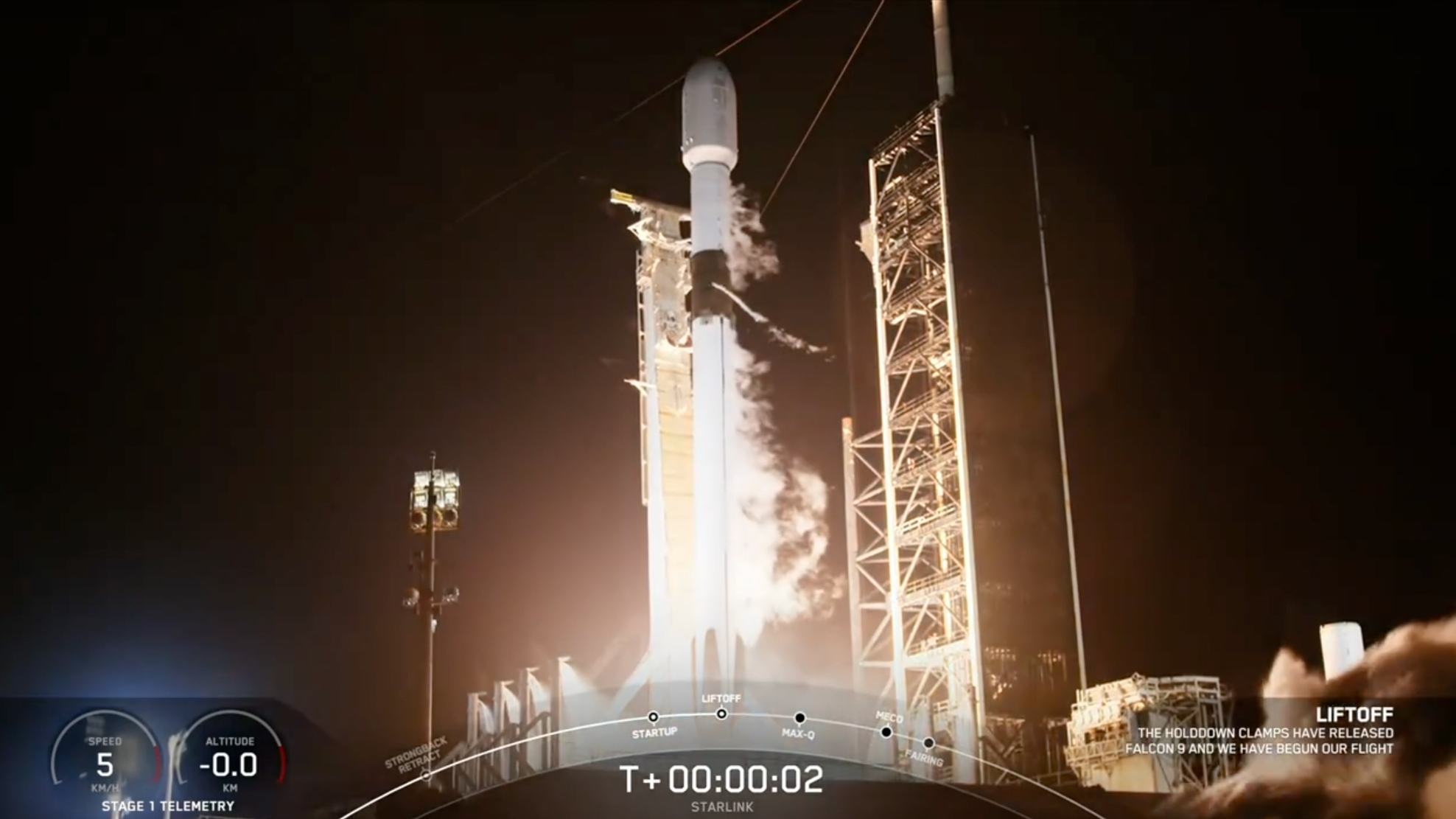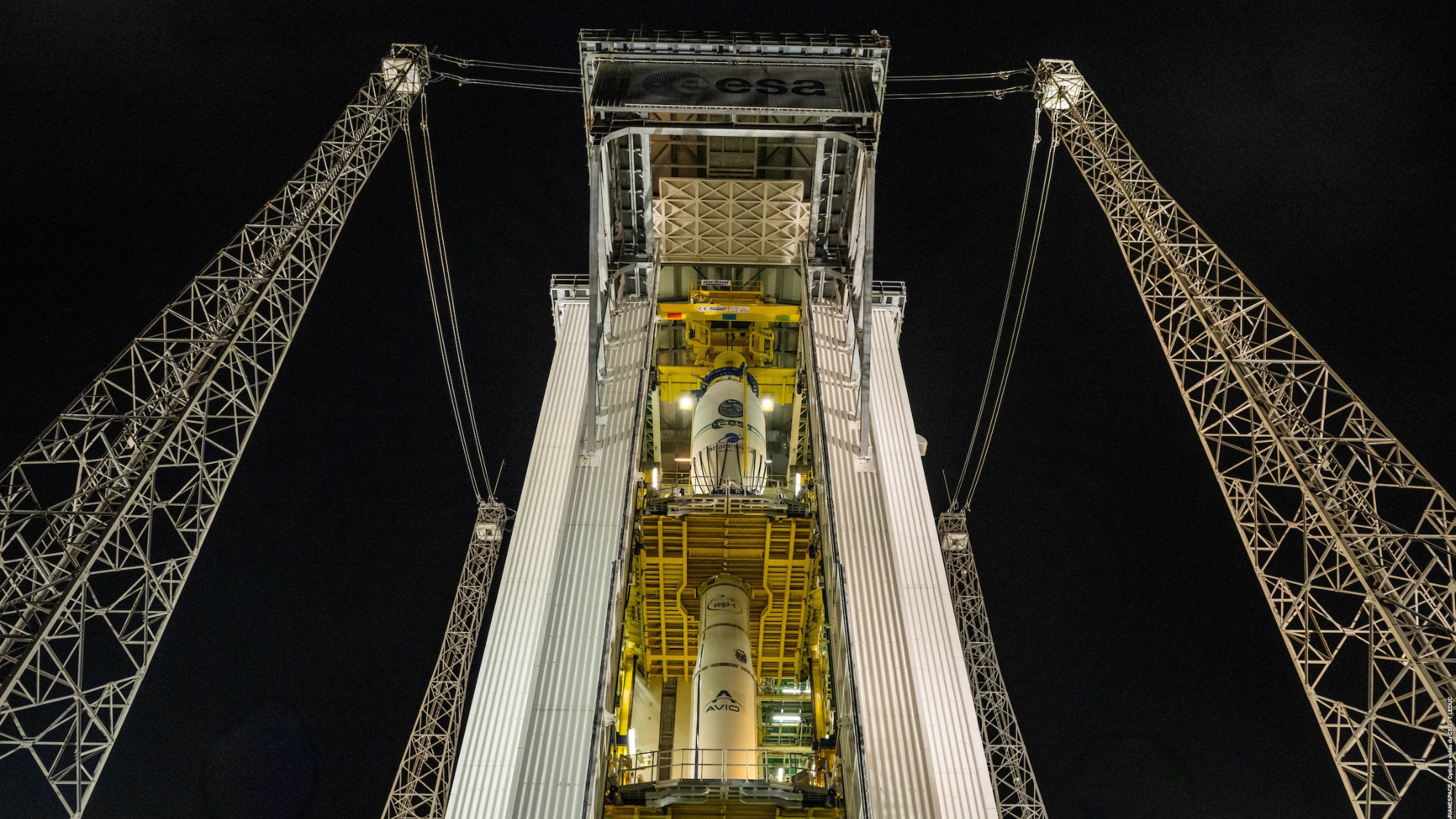Satellite Communications Market Weathers Troubled Economy
PARIS - Thecommercial telecommunications satellite market shows no signs of slowing downwith the global recession and may even be more robust this year than in 2008,satellite-component manufacturer Com Dev Ltd. said.
TheCambridge, Ontario-based company, which says it has booked or expects to bookwork on 25 of the 27 commercial satellites ordered in 2008, does not share themarket caution of satellite prime contractor OrbitalSciences Corp. of Dulles, Va. Orbital told investors in February that itexpected global demand for commercial spacecraft in 2009 to fall to between 17and 20 satellites, from 25 in 2008.
Industrycontractors and analysts differ on what constitutes a commercial satellite, soyear-end tallies differ.
In a March9 conference call with investors, Com Dev officials said they are scanning theglobal marketplace for signs of a pullback and see no signs of any.
?We?ve seenvery little to indicate that industry prospects are dimming,? Com Dev ChiefOperating Officer Mike Pley said. ?We maintain forecasts of expectedtransponder orders, and we see that figure as being at least as high this yearas it was last year, if not higher.?
Pley saidOrbital?s less-optimistic assessment may be due to the fact that Orbital, aprime contractor that sells smallertelecommunications spacecraft, does not deal with the entire market, asdoes Com Dev as a component provider. Large commercial satellite-fleetoperators, and governments interested in sponsoring their domestic operator,continue to spend on new spacecraft, he said.
Two ComDev-specific developments also are contributing to the company?s bullishoutlook.
Get the Space.com Newsletter
Breaking space news, the latest updates on rocket launches, skywatching events and more!
The firstis the ramp-up of business from Com Dev USA in El Segundo, Calif., which isintended to give the Canadian company improved access to U.S. governmentsatellite programs.
Com Devreported that militarysatellite orders were nearly 33 million Canadian dollars ($25.6 million) inthe three months ending Jan. 31, with ?a significant portion? of that comingfrom the U.S. operation, Pley said.
Com DevChief Financial Officer Gary Calhoun said the new U.S. operation, which is ontrack to report revenue of more than 30 million Canadian dollars in 2009, ?isas close as ?damn? is to swearing? to being at financial break-even. The plantis sized to be able to handle around 50 million Canadian dollars per year inbusiness.
Calhouncautioned investors not to conclude that government satellite work, civil ormilitary, is necessarily more profitable for Com Dev than commercial work. ComDev?s current revenue for the quarter was 59 percent commercial, 24 percentcivil government and 17 percent military.
?There aresome limits on military [profit] margins,? Calhoun said. ?They have gotgovernment rates on them, and are subject to audit. That puts a dampeningfactor on them so you?re not going to see exorbitant margins being made. Overtime, we expect about the same range as our other businesses.?
The secondmarket-growth opportunity that Com Dev is chasing is a satellite-basedAutomatic Identification System (AIS) for maritime traffic. The companybelieves a technology it proved on the 6.5-kilogram CanX-6 demonstrationsatellite launchedin April 2008 give it an edge over current and prospective competitors inthe United States, Europe and Asia.
Com Dev isbuilding a second AIS-equipped spacecraft, called the Maritime Monitoring andMessaging Microsatellite, for the Canadian Space Agency and Defence Researchand Development Canada. It is scheduled for launch in 2010. Com Dev has said itis building a third AIS-devoted satellite, but it has not announced a customer.
Com Devraised 20 million Canadian dollars in an equity offering earlier this year,with most of it going to develop the AIS product.
Peter Mabson, Com Dev vice presidentfor development, said the company is ?investing in some of the space and groundassets required to be able to launch an initial commercial service related tothis activity. That initial service will be starting in 2010.?
Com Dev officials have said theyexpect to attract strategic partners to co-invest in the AIS system, which isdesigned as a small constellation of payloads to give coastal authoritiesinformation on the identity, speed and direction of ships nearing territorialwaters. ?We?d be looking to secure the financial arrangements [with co-investors]during the current fiscal year,? Mabson said.
Com Devreported that revenue for the three months ending Jan. 31 was 56.5 millionCanadian dollars, up 26 percent over the same period a year earlier. Grossprofit margin was 26 percent, shy of Com Dev?s goal in part because of anunnamed contract that has proved more expensive than expected to complete,Calhoun said.
The companybooked 88 million Canadian dollars in new orders during the quarter, up from 33million Canadian dollars a year earlier and 60 million Canadian dollars in thethree months ending Oct. 31. Backlog at Jan. 31 totaled 189 million Canadiandollars, up 19.6 percent from the previous quarter.
- New Video - Meet GOCE: Europe's Gravity Probe
- New Video - Planet-Hunting Kepler Takes Flight
- Images - 20 Great Rocket Launches
Join our Space Forums to keep talking space on the latest missions, night sky and more! And if you have a news tip, correction or comment, let us know at: community@space.com.

Charles Q. Choi is a contributing writer for Space.com and Live Science. He covers all things human origins and astronomy as well as physics, animals and general science topics. Charles has a Master of Arts degree from the University of Missouri-Columbia, School of Journalism and a Bachelor of Arts degree from the University of South Florida. Charles has visited every continent on Earth, drinking rancid yak butter tea in Lhasa, snorkeling with sea lions in the Galapagos and even climbing an iceberg in Antarctica. Visit him at http://www.sciwriter.us









